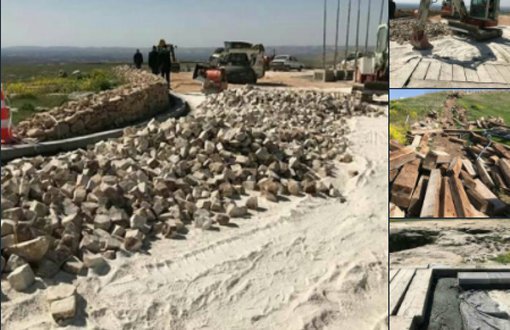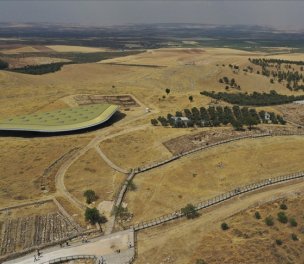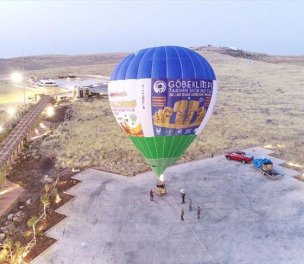Click to read the article in Turkish
It has been revealed the concrete has been poured on Göbeklitepe, which is on UNESCO World Heritage list and hosts historical artifacts dated to 12 thousand years ago.
Çiğdem Köksal Schmidt, the wife of Klaus Schmidt who was heading the excavation works shared the photos on her Instagram account.
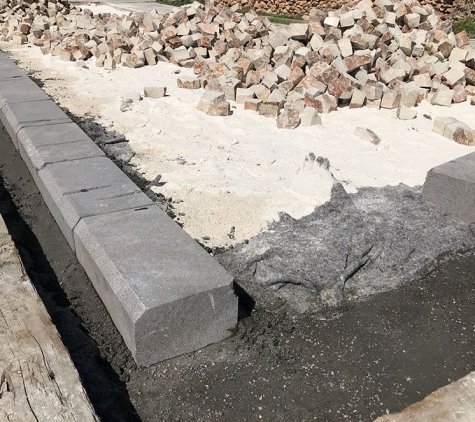
“They’d said they wouldn’t pour concrete on the protected area”
“They’ve dismantled some parts of wooden walkway project that started in 2013 because they plotted another route. The new route is right on where Klaus keeps spacious to prevent crowded guest groups.
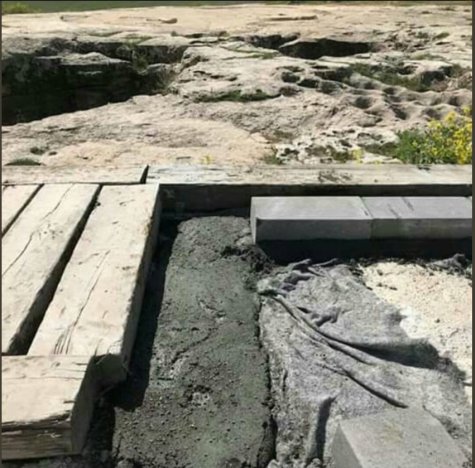
They had said that they would build the walkway down to the guest center and wouldn’t pour concrete on the protected when Klaus was alive”.
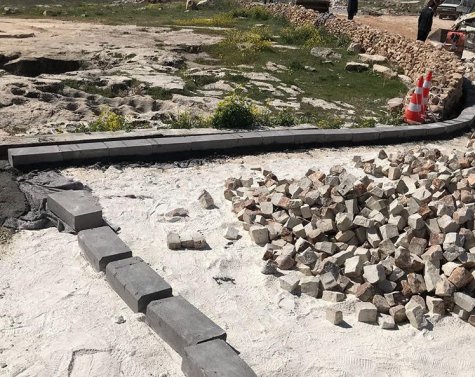
“I say ‘destruction’, they say ‘road’”
“They are doing everything in a rush that Klaus didn’t want as he knew it will destroy Göbeklitepe. I cannot explain the extend of the destruction which I saw as I visited Göbeklitepe this morning.
“I say ‘destruction’, they say ‘Doğuş is building road, that is what project is’. There is not a single archeologist, Ministerial Representative or museum officer. While even an archeologist can almost act only with a Ministerial Representative during a site excursion, are the construction companies granted permission to do whatever they want in the protected areas?”

The World's Oldest Temple
Göbekli Tepe is an archaeological site in the Southeastern Anatolia Region of Turkey, approximately 12 km (7 mi) northeast of the city of Urfa. The tell has a height of 15 m (49 ft) and is about 300 m (980 ft) in diameter. It is approximately 760 m (2,490 ft) above sea level.
The tell includes two phases of use believed to be of a social or ritual nature dating back to the 10th–8th millennium BCE. During the first phase, belonging to the Pre-Pottery Neolithic A (PPNA), circles of massive T-shaped stone pillars were erected – the world's oldest known megaliths. More than 200 pillars in about 20 circles are currently known through geophysical surveys. Each pillar has a height of up to 6 m (20 ft) and weighs up to 20 tons. They are fitted into sockets that were hewn out of the bedrock. In the second phase, belonging to the Pre-Pottery Neolithic B (PPNB), the erected pillars are smaller and stood in rectangular rooms with floors of polished lime. The site was abandoned after the PPNB. Younger structures date to classical times.
The details of the structure's function remain a mystery. It was excavated by a German archaeological team under the direction of Klaus Schmidt from 1996 until his death in 2014. Schmidt believed that the site was a sanctuary where people from a wide region periodically congregated, not a settlement.
The imposing stratigraphy of Göbekli Tepe attests to many centuries of activity, beginning at least as early as the Epipaleolithic period. Structures identified with the succeeding period, Pre-Pottery Neolithic A (PPNA), have been dated to the 10th millennium BCE. Remains of smaller buildings identified as Pre-Pottery Neolithic B (PPNB) and dating from the 9th millennium BCE have also been unearthed.
(Sorce: Wikipedia)
|
(PT/TK)
